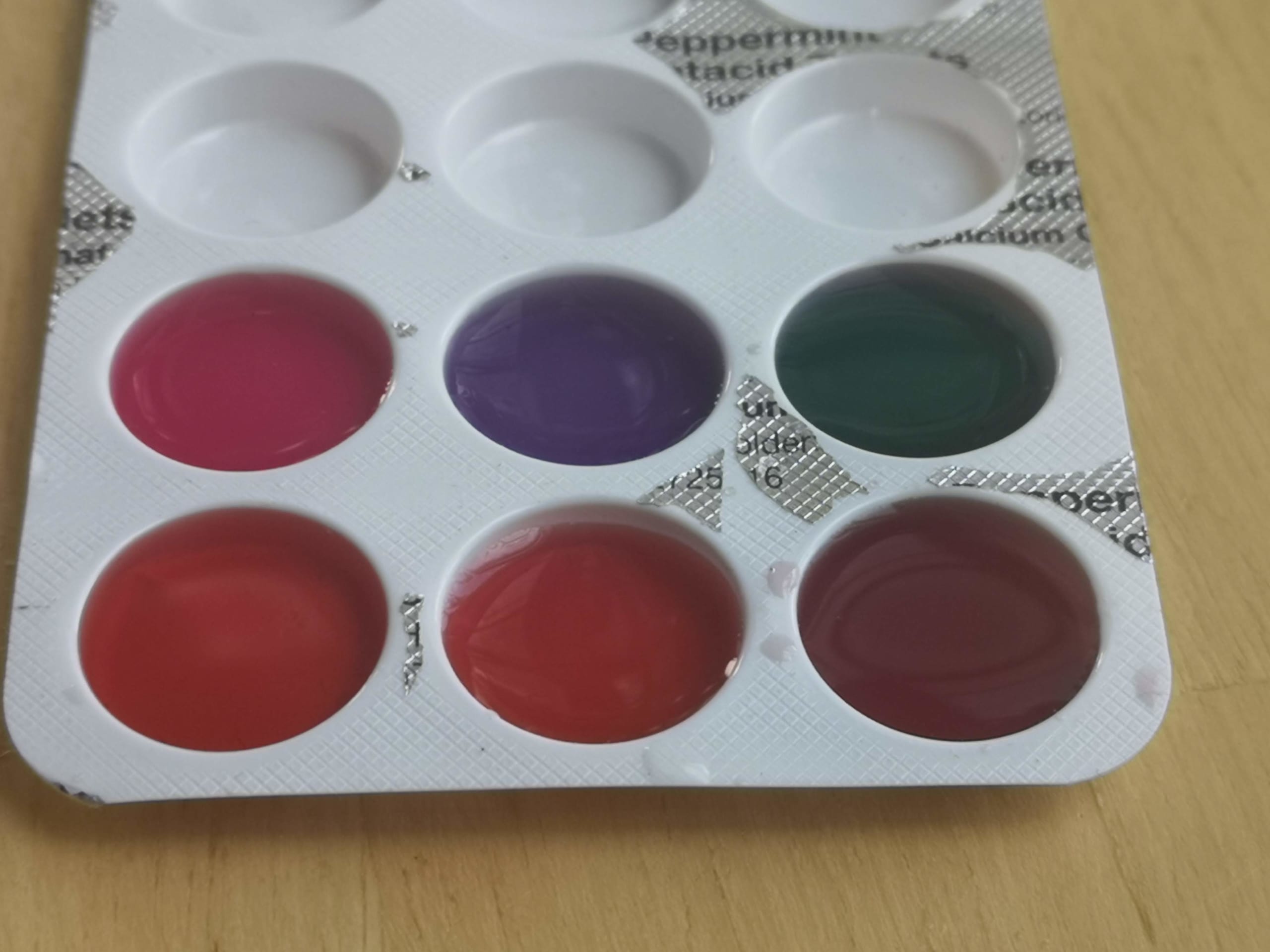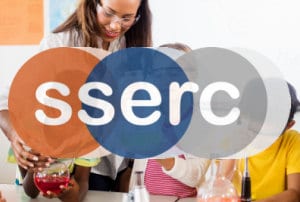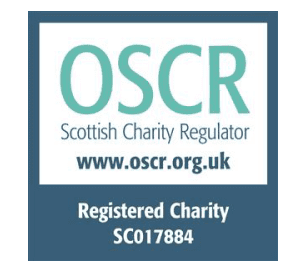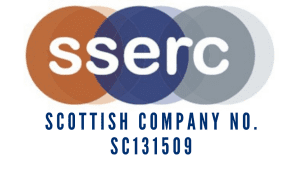February 2021
Who thought we would still be here? Here at SSERC we are still doing our best to help though. In addition to the large amount of resources already on our website, we are adding some others that might help more specifically in these times of lockdown and isolation.
1. We are keen that, as far as possible, experimental work should continue. With that in mind, we are giving details of some simple chemistry experiments that can be carried out at home with a minimum of equipment.
2. The collection of videos has grown dramatically and will continue to do so – any requests for new ones, email me at SSERC.

Here is a list of some chemistry-based activities that can be carried out at home. As new experiments are added, they will be added at the bottom.
Warning – The experiments listed here are all of low hazard. That is not to say there is no risk at all. For instance making the phone spectrometer needs a sharp craft knife, dyeing cloth needs boiling (or at least very hot) dye baths. Before passing these on to pupils, teachers should check and risk-assess to make certain they are happy for them to be used.
(NEW) Chemistry Map of Scotland – Not exactly and experiment (well not at all) but I have put on this map all the chemistry-related sites I can find in and relating to Scotland. There are more to come but I decided the time had come to go public. you could get your students, perhaps as a cross-curricular activity, to investigate what they cvan find near them or their school. (If you find any mistakes, or omissions, email me at sserc)
(NEW) Ice and Snow – A timely (at the point of writing) set of simple experiments to look at the properties of frozen water: from de-icers through the Mpenba effect to supercooling.
This is a simple experiment that can be used either as a fun activityfor lower levels or as an investigation into hydrogen bonding and surface tension at higher levels.
Simple investigation using water as a solvent to look at the colours in marker pens and also in some sweets. Extended by an introduction to Rf values.
A simple activity to grow grystals from common household substances. More advanced students can try to work out how the properties of the compound contributes to the crystal shape.
Students can make models of molecules using simple household materials such as sweets or plasticine.
Using just an old DVD and some card, students can make a simple spectrometer attachment they can fix to their phone and use to examine the spectra of various light sources.
A simple experiment to synthesise and isolate magnesium carbonate from magnesium sulphate (epsom salts) and sodium carbonate (washing soda).
Some staightforward investigations into some of the properties of hydrogels
Using cranberry juice to make an indicator paper, similar to litmus, and using it to test various household substances.
A series of simple experiments that can be carried out using steel wool or (in some cases) nails)
A series of 8 investigations into aspects of food chemistry: emulsions, enzymic browning, chocolate structure and more.
After an initial suggestion to scroll down to find video clips, we have decided that this is a rather unwieldy approach. Given the number of videos we now have, I have decided to try to split them up into categories, as listed below.
They can also all be found on the SSERCChemistry YouTube channel
Alkali metals – A series of reactions of alkali metals: the effect of adding small amounts of Lithium, Sodium and Potassium to water, burning sodium in air, a NileRed video of sodium burning in chlorine and a video of the US army dumping tonnes of sodium in a lake.
Acids and Bases – Videos of: acid & carbonates, acid with metals, pH rainbow, microscale indicators, a microscale titration, neutralising an acid with an oxide to make a salt, and sugar reacting with sulphuric acid.
Kinetics & Equilibrium – Videos about rates of reaction, catalysis and factors afffecting equilibrium.
Industrial processes – a video explaining the working of the Haber process (including a simple lab version) for making ammonia and another video explaining the Ostwald process that converts the ammmonia from the Haber process to more useful nitric acid and nitrates.
Electrochemistry – Videos on: simple electrode potentials, cells and half cells; electrolysis and electroplating; conductivity of solutions and ionic solids; microscale electrolysis of various solutions.
Combustion & Thermodynamics – Videos showing: the burning of magnesium in a microscale crucible and explaing the change in mass.; a series of exothermic reactions an an interesting endothermic one and the ethanol rocket.
Chemical analysis – a series of experiments mainly analysing water samples. Using colorimetry or titration to analyse Iron, chloride, phosphate and calcium/magnesium hardness.
Elements and compounds – Reactions between: iron and sulpphur and aluminium and iodine (and bromine).
Food Chemistry – a series of 5 videos on emulsions, enzymic browning, oxidative rancidity, the Maillard reaction and TLC. Originally made a few years ago with ES, SFDF and Abertay University.
Decomposition reactions – a look at thermal decomposition of: copper carbonate, calcium carbonate, copper sulphate, potassium manganate(VII) and ammonium dichromate.
Redox reactions – Videos on: oxidising agents; oxidation states of transition metals; and the blue bottle reation.
Organic chemistry – testing for unsaturation and the hydrolysis of ethyl benzoate.
Reduction of copper – A look at displacement reactions and then the reduction of copper oxide to copper by carbon and hydrogen.#
Techniques
A collection of videos looking at skills in chemistry
Titration – Looking at the preparation and carrying out of both standard and microscale titrations.
Distillation & Reflux – Videos to demonstrate these related processes.
Filtration – How to carry out both ‘normal’ gravity filtration and vacuum filtration.
Chromatography – How to carry out both paper and thin-layer chromatography.
Miscellaneous Skills – Using a separating funnel, recrystallisation and using a gas cylinder.




